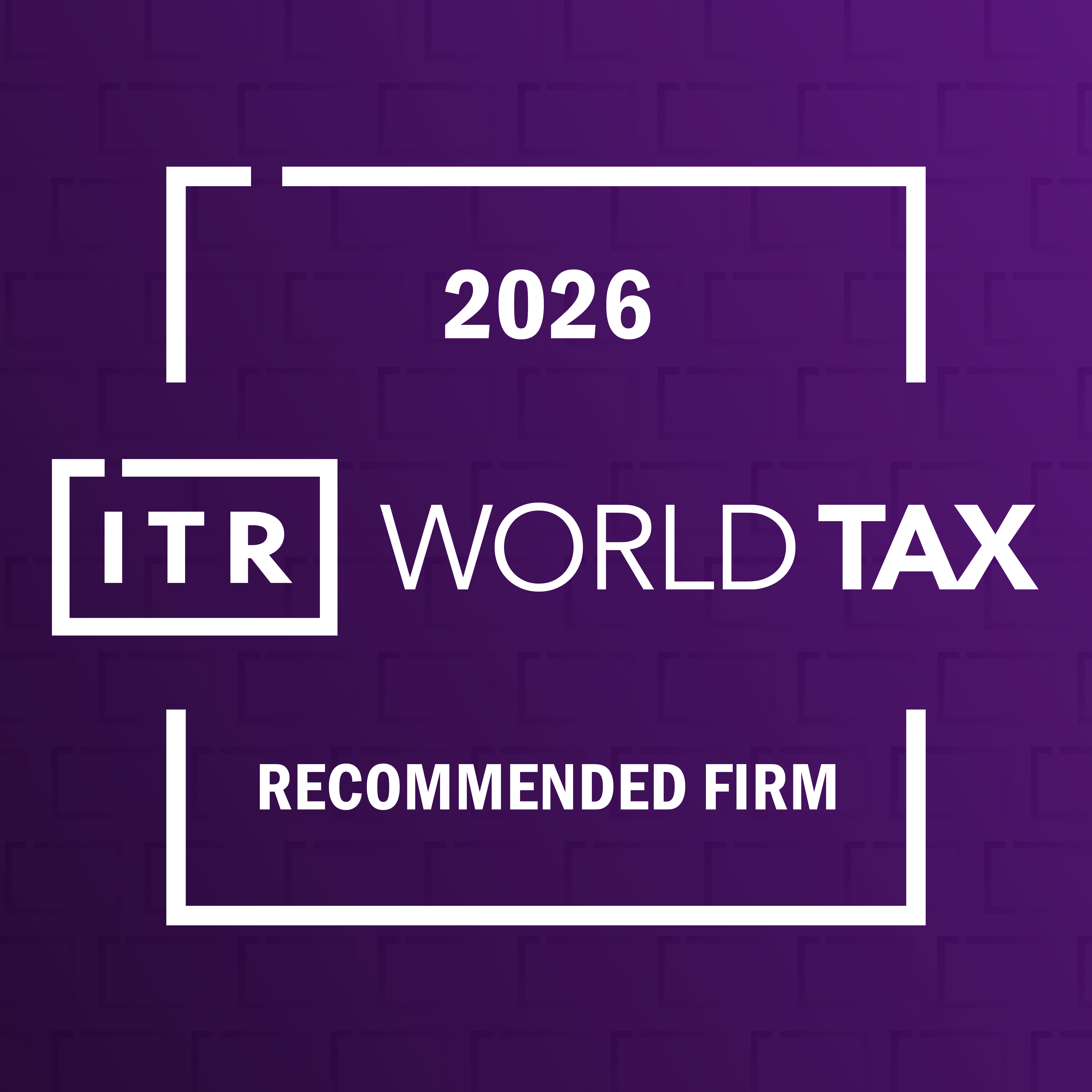Urgency of Tax Simplification for Internship Programs
Dwi Novianti Suharsih,

Not long ago, the government, through the Ministry of Education, Culture, Research, and Technology, released the High-Impact Internship Program 2025 to accelerate collaboration between educational institutions and corporations. However, it seems the government neglected to consider one crucial aspect for the success of this program: the tax aspect.
Through the High-Impact Internship Program 2025, the government is encouraging the industry's role in creating qualified university graduates. This is because the program emphasizes internship activities as a space for experience-based learning.
For the world of education, the internship program serves as a means of practical learning for students. Meanwhile, for companies, the internship program is also an effective selection platform to test students' abilities before they are given responsibility as full-time employees.
Furthermore, the internship program also helps companies in running their operational activities, building a talent pool, and simultaneously strengthening relationships with educational institutions.
Reciprocity of Internship Activities
As is common in industrial relations, a reciprocal relationship often arises between the company and the interns. In addition to gaining work experience, interns frequently receive remuneration from the company in the form of pocket money/stipends.
Referring to Minister of Manpower Regulation Number 6 of 2020, the stipends generally received by interns are comprised of transportation costs, meal allowances, and internship participant incentives.
Employee Categorization Table
|
Aspect |
Permanent Employee |
Non-permanent Employee |
Activity Participant |
|
Nature of Income |
Received routinely |
Only when working |
Only when participating in the activity |
|
Form of Income |
Full salary, bonuses, allowances, activity participant remuneration, social and health insurance contributions, insurance premiums, etc. |
Daily wages, weekly wages, piece-rate wages, contract wages, and wages received/earned monthly |
Stipends/ Pocket Money, representation money, meeting money, honorarium, gifts or awards, and similar intact and unsegmented remuneration |
|
Employee Characteristics |
Contracted for a certain period and works full-time in that job. |
Freelancer/Casual worker |
|
|
Calculation |
Monthly Average Effective Rate (TER) and Article 17 Tariff | Daily TER, Article 17 Tariff, or Monthly TER | Article 17 Tariff, |
Tax Constraints of Internship Activities
Despite its various benefits, there is one aspect that the government has overlooked in accelerating the internship program: taxation. Tax regulations for internship activities have consistently raised concerns, not only for corporations but also for the interns themselves.
Generally, internship participants can be classified into three groups: permanent employees, non-permanent employees, and activity participants. According to Minister of Finance Regulation (PMK) 168 of 2023, interns fall into the category of activity participants.
There is a crucial difference in the tax treatment of income received by employees versus income received by activity participants/interns.
For permanent employees, the tax calculation on their income is done using two schemes. First, the Average Effective Tariff (TER) scheme is used for monthly calculations. Second, the progressive tariff scheme, according to Article 17 of the Income Tax Law (UU Income Tax) is used for the annual Income Tax.
The Income Tax Article (ITA) 21 for interns is calculated only using the Article 17 Income Tax Law tariff. However, even though both use the progressive tariff of Article 17 of the Income Tax Law, the tax base for permanent/non-permanent employees and interns is different.
While the ITA 21 for permanent employees is calculated on taxable income, for interns, the tax is directly imposed on the gross income. This means that whatever stipend is received by the intern will be subject to ITA 21 at a rate of 5%.
This scheme results in several consequences. Companies that utilize interns must perform the ITA 21 withholding and report it in the Income Tax Return, regardless of the income amount.
Meanwhile, interns must accept that their stipend will be deducted for Income Tax, even if their gross income is small. In fact, their remaining income might even be less than the costs they incur while participating in the internship program.
Reducing Tax Burden and Dispute Risk
Therefore, it is crucial for the government to review the provisions for calculating the Income Tax on internship stipends. One way is by applying the Non-Taxable Income (PTKP) limit as a threshold, similar to what applies to the income of permanent or non-permanent employees.
Besides serving as a stimulus that can increase internship participation, this step can also reduce the administrative burden on companies. By reducing the administrative burden, the potential for future disputes between the tax authority and the company also decreases.
The smaller the dispute potential, the lower the supervision burden on the tax authority. Moreover, given the small potential tax revenue from internship income, it is not commensurate with the potential risks and tax burden generated.
Importance of Avoiding Risk
With the risks that may arise, companies providing internship programs must be extra cautious. Several steps need to be taken, including ensuring the employee status for interns is appropriate based on the nature of the income, the form of the received income, and the characteristics of the worker.
Following that, ensure that the Income Tax Article (ITA) 21 for interns has been reported to the Tax Office. Failure to do so has the potential to raise questions from the Tax Office, especially if an audit or examination is conducted.
However, if it has been mistakenly forgotten, the company can amend the ITA 21 Income Tax Return as long as an examination has not yet been initiated.
Lastly, to avoid the risk of dispute or differing views with the Tax Office, the company must prepare adequate supporting documents. This ensures that the company can properly present its arguments when an examination is conducted. (ASP/KEN)
Disclaimer! This article is a personal opinion and does not reflect the policies of the institution where the author works.


